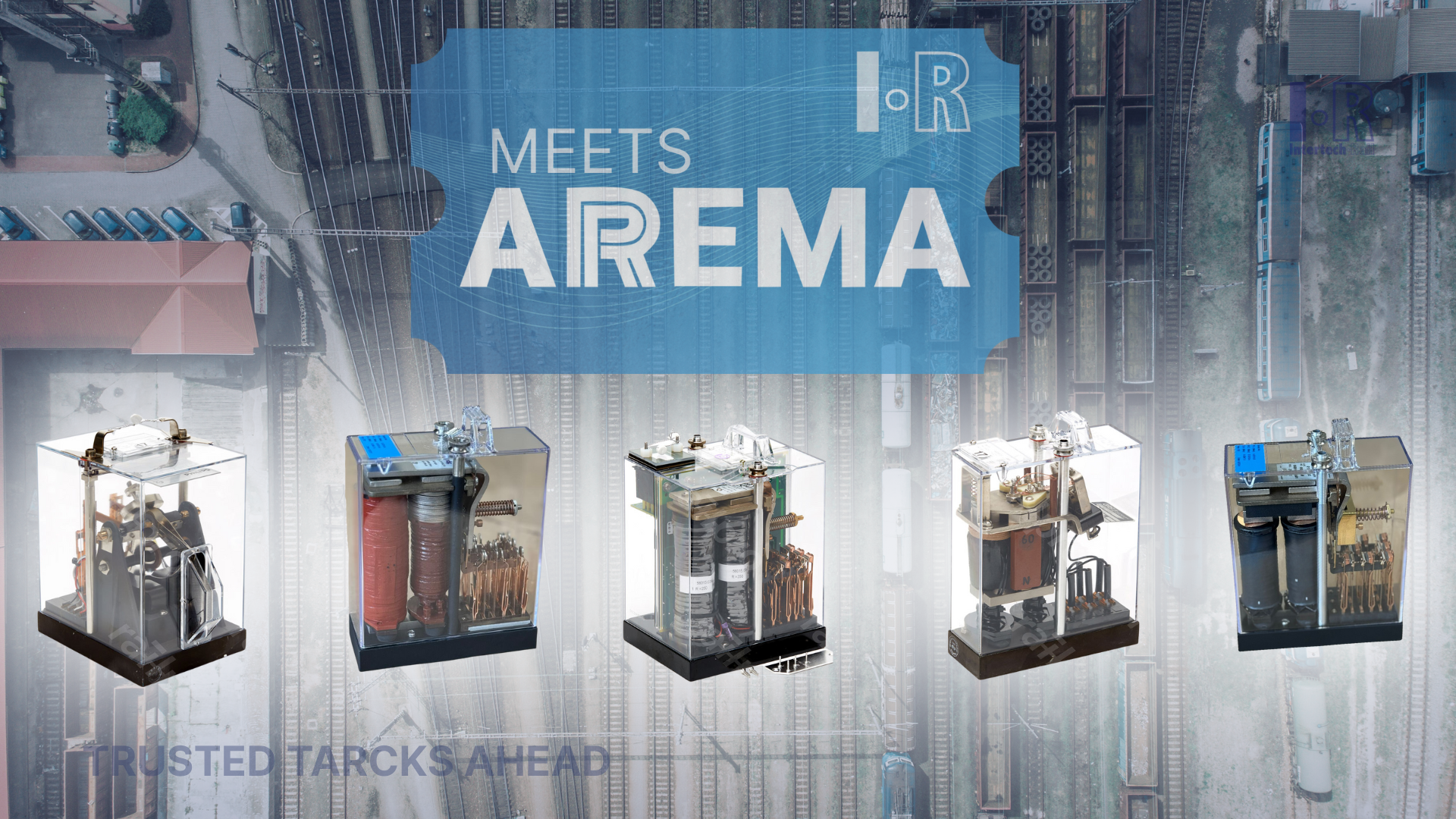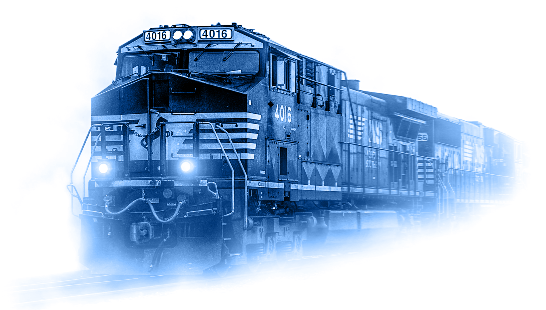April 13, 2025
Tags are essential parts of the railway sector that improve operations, increase safety, and simplify asset management. These little gadgets are essential for regulating signals, automating procedures, and supplying real-time data. This article examines the fundamental ideas of tags, their varieties, and cutting-edge Transcore-powered solutions. The Importance of Tags in Railway Systems Railway tags are small electronic devices used for data storage and transmission that are fastened to trains, signals, or other infrastructure. To manage schedules, keep an eye on train movements, and maximize safety, their main job is to connect with automated systems like Automatic Train Control (ATC). Additionally, tags improve overall efficiency and safety by tracking assets like railcars and providing real-time data for maintenance. Thanks to developments in tag technology, numerous kinds of tags that are appropriate for diverse situations and demands have been created. With the help of Transcore, some of these tags provide customized solutions for challenging situations. Let's examine the many kinds of tags and how they are used in the railroad sector. What is a Tag? A railway tag is a tool used to transmit data to a reader or control system. There are several uses for these tags, including: Identifying assets (railcars, infrastructure) Managing train movements Enhancing safety features (e.g., speed limits) Automating train control and scheduling To keep the railway network running smoothly, the tag's data is usually read by a sensor or reader as the train passes. Types of Railway Tags In the railway sector, various kinds of tags are made to meet particular requirements, such as asset tracking, signaling, and automated system communication. Let's examine the main categories of railroad tags. 1. Half Frame and Full Frame Tags These terms describe the tags' dimensions and ability to store data. In the railway industry, they are frequently employed for asset identification. Half Frame Tags: Perfect for straightforward tracking and identification in spaces with limited space or when less data is required, half frame tags are smaller in size and have a smaller data store capacity. Full Frame Tags: More substantial, larger, and capable of storing more info. These tags may interact with automated systems to send additional information and are utilized for more complicated applications, such as thorough asset management. For asset tracking, both kinds are necessary, but full-frame tags are more adaptable because of their larger data capacity. 2. Signal Tags Signal tags are essential for contact with the railway's signaling system. When a train passes, they communicate with crossing gates, trackside signals, and other infrastructure to send critical information. Functions of Signal Tags include: Triggering signal changes (e.g., stop, go) Updating train schedules Sending alerts to the control center in case of issues By automating reactions to real-time events, signal tags increase railway operations' safety and effectiveness. They can even affect train speed and routing when combined with Automatic Train Control (ATC) systems, making train movements safer and more effective. 3. Tags for Harsh Environments TransCore is a pioneer in creating cutting-edge tag solutions for the railroad industry. Their solutions are made to function dependably in demanding settings, guaranteeing that railroad operations continue to be secure and effective even in the most severe circumstances. Harsh Environment Balise: A reliable trackside beacon that is incorporated into signaling networks. Balizes interact with trains to initiate particular operations, such as modifying the speed or updating the schedule. To ensure dependable communication in challenging circumstances, these tags are designed to resist high temperatures, intense rain, snow, dust, and vibrations from passing trains. Harsh Environment Tag: Similar to the balise, this tag is utilized for safety-critical applications, asset tracking, and train equipment monitoring. These tags are perfect for industrial regions or places subjected to extreme conditions because they are long-lasting, provide long-range data transmission, and are corrosion-resistant. High-Temperature Tag: Designed to function in hot conditions, such as those found next to power plants or in hot industrial areas. Because these tags can tolerate higher temperatures than regular tags, asset management and safety systems will continue to operate even in extremely hot or cold environments. The Importance of Tags for Railway Operations Tags are crucial to the operation of modern railway systems. Here are a few reasons why they are so important: Automation: By automating tasks like asset management, movement control, and rail signaling, tags help to lower human error and boost operational effectiveness. Safety: By enabling instantaneous communication between trains and trackside systems, tags guarantee that vital safety information is conveyed promptly. This is particularly crucial in places with heavy traffic or difficult circumstances Efficiency: Railway operators can improve overall efficiency by optimizing timetables, maintenance, and resources using real-time data gathered from tags. Furthermore, tags enable predictive maintenance by spotting possible problems before they become serious ones. Asset Management: By keeping railcars, locomotives, and other pieces of equipment well-maintained and reducing downtime, tags aid in asset management. They are essential for raising efficiency and lowering maintenance expenses. The Future of Railway Tags Railway tags, particularly in automated systems, have improved safety, efficiency, and dependability, revolutionizing train administration. Advanced tags from Transcore, such as Signal Tags, Harsh Environment Balises, and High-Temperature Tags, offer strong, long-lasting solutions for contemporary train operations. These technologies will become even more important as the sector develops, enabling safer, more efficient operations under challenging circumstances. Leading the way in innovation, Transcore will influence the development of more automated and dependable rail networks for both passengers and cargo in the future.









